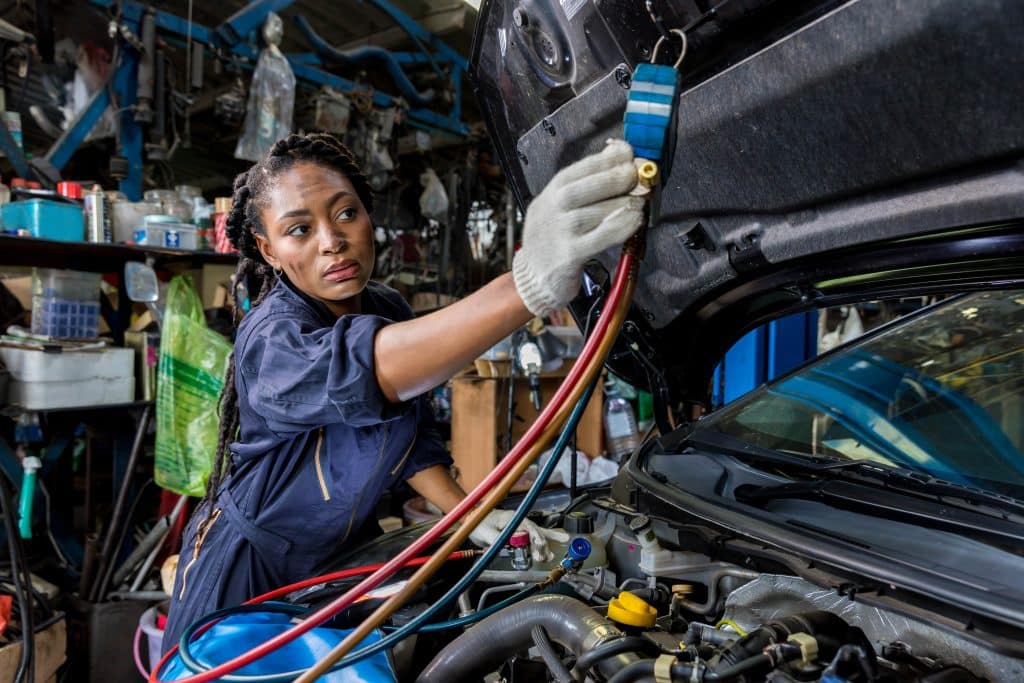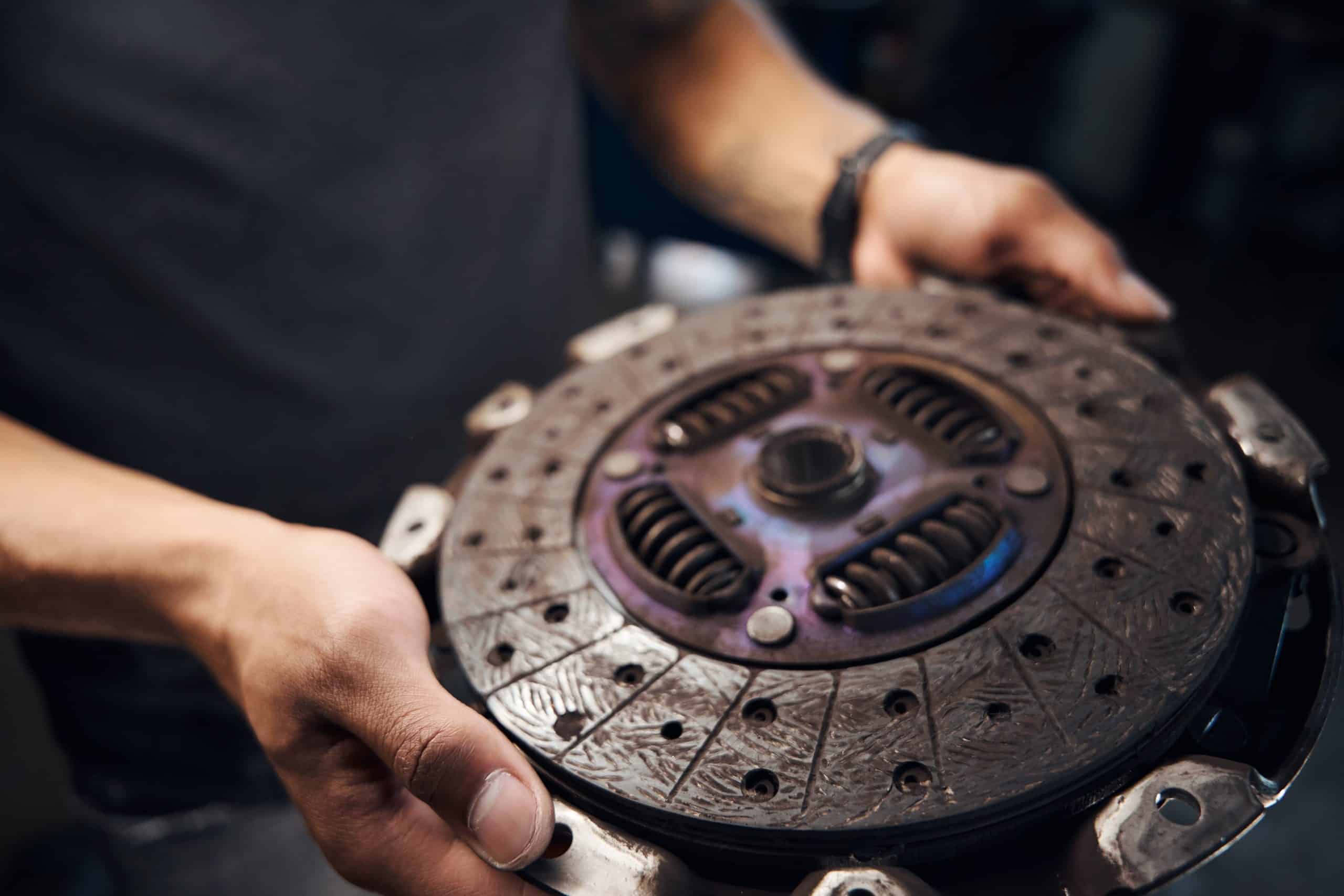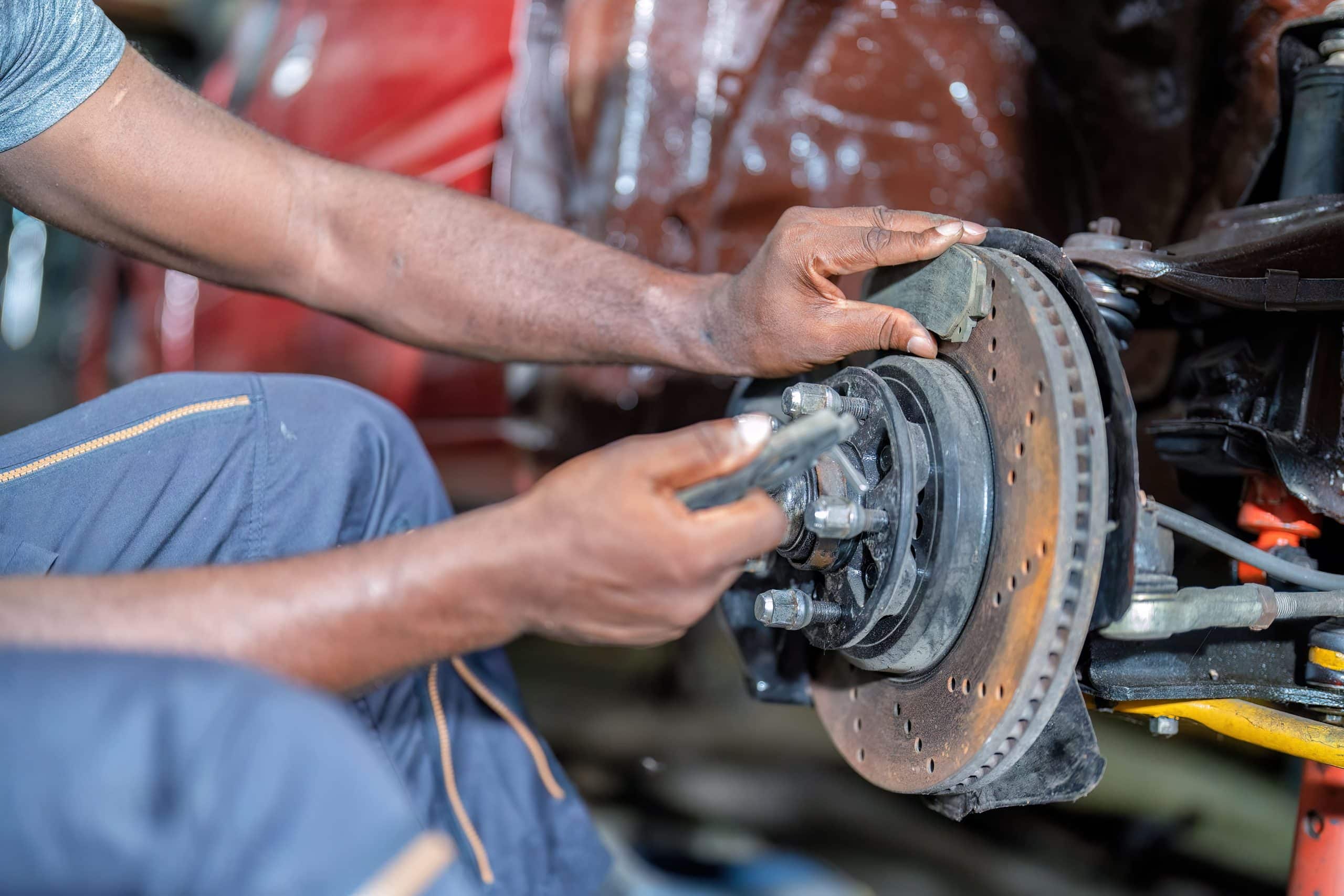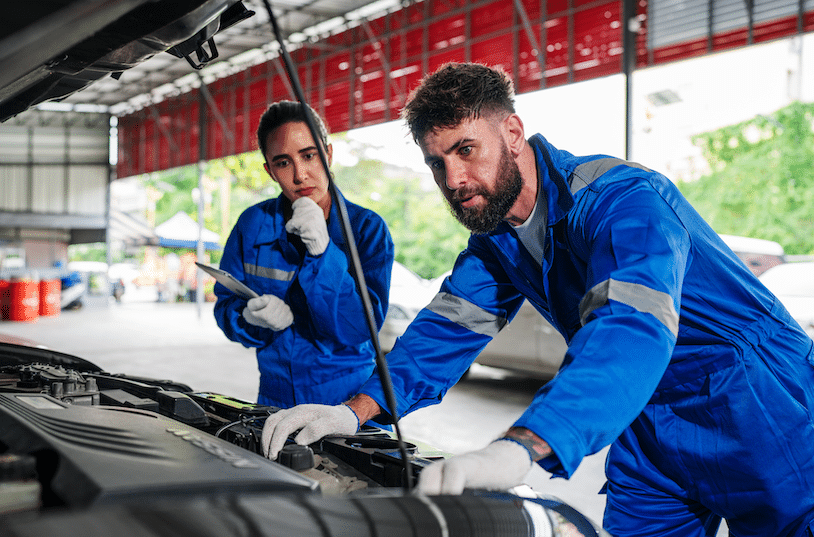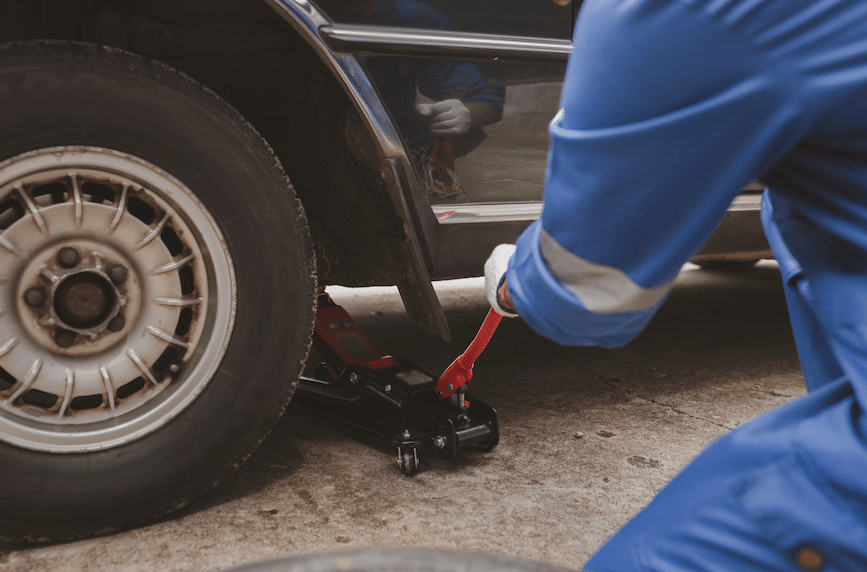Every year, millions of cars across the UK go through their MOT test. It’s one of those necessary tasks that can cause real worry for car owners. Nobody wants to face an unexpected repair bill or, worse still, discover their car isn’t safe to drive.
The good news is that most MOT failures can be prevented with simple checks and basic maintenance. Let’s look at why cars fail their MOT and what you can do to avoid problems.
What Is an MOT Test?
The MOT test checks that your car meets basic safety and environmental standards. Every car over three years old needs one annually. The test covers things like brakes, lights, steering, and emissions.
It’s not about whether your car runs perfectly. It’s about whether it’s safe enough to be on the road. A car can pass its MOT and still have problems, but it won’t pass if it’s dangerous or polluting too much.
The Most Common MOT Failures
Understanding why cars fail helps you prevent problems. Here are the biggest culprits:
Lights cause about 30% of all failures. This includes headlights, brake lights, indicators, and number plate lights. Often, it’s just a blown bulb that costs pennies to replace.
Brakes account for around 10% of failures. Worn brake pads, damaged discs, or faulty brake lights all fall into this category. Brake problems are serious safety issues that need immediate attention.
Tyres cause roughly 10% of failures too. This includes worn tread, damaged sidewalls, or incorrect tyre pressure. Tyres are your only contact with the road, so they’re crucial for safety.
Steering and suspension problems make up another significant portion of failures. Worn shock absorbers, damaged springs, or loose steering components all pose safety risks.
Windscreen and mirrors might seem minor, but chips, cracks, or missing mirrors will fail your MOT. Even a small chip in the driver’s line of sight can be enough.
Simple Checks You Can Do at Home
You don’t need to be a mechanic to spot many potential problems. Here’s what to check before your MOT:
Walk around your car and check all the lights. Turn on your headlights, brake lights, indicators, and hazard lights. Ask someone to help you check the brake lights work properly. Replace any blown bulbs straight away.
Look at your tyres carefully. Check the tread depth using a 20p coin – if you can see the outer rim when you put the coin in the tread, your tyres need replacing. Look for cuts, cracks, or bulges in the sidewalls.
Test your windscreen wipers and washers. Make sure the blades clean the screen properly without leaving streaks. Check you have enough washer fluid and that it sprays correctly.
Check your mirrors. All mirrors must be secure and give a clear view. Cracks or missing mirrors will cause a failure.
Look under the car. While you shouldn’t attempt repairs yourself, you can spot obvious problems like hanging exhaust pipes or oil leaks.
Brakes: What to Watch For
Brake problems are serious, so don’t ignore warning signs. Listen for squealing or grinding noises when you brake – these usually mean your brake pads are worn out.
If your car pulls to one side when braking, or if the brake pedal feels spongy, get it checked immediately. These symptoms suggest brake problems that could be dangerous.
Check your brake lights work properly. It’s easy to do with help from a friend or by reversing close to a window or garage door to see the reflection.
Tyre Safety Made Simple
Tyres fail MOTs for several reasons, but most are preventable. The legal minimum tread depth is 1.6mm, but tyres become less effective long before they reach this limit.
Check your tyre pressure monthly using a gauge or at a petrol station. Under-inflated tyres wear unevenly and can be dangerous. Over-inflated tyres are just as problematic.
Look for uneven wear patterns. If one edge of the tyre is more worn than the other, you might have tracking problems. If the centre is worn but the edges look fine, your tyres might be over-inflated.
Lights: The Easy Fix
Light failures are frustrating because they’re so easy to prevent. Check all your lights monthly, including the number plate lights that many people forget about.
Modern cars often have complex lighting systems, so don’t assume you can replace bulbs yourself. Some cars need special tools or procedures to change bulbs safely.
If you have LED lights, they should last much longer than traditional bulbs. However, when they do fail, replacement can be more expensive and complex.
Emissions and Your Engine
Diesel cars face stricter emissions tests than ever before. If your diesel car produces too much smoke, it will fail its MOT. Regular servicing helps keep emissions low.
Petrol cars are tested too, but failures are less common. A well-maintained engine with fresh oil and a clean air filter usually passes without problems.
If your engine warning light is on, your car will automatically fail its MOT. Get this checked before your test, as the problem might be simple to fix.
Preparing for Your MOT
Book your MOT early, ideally a month before it expires. This gives you time to fix any problems without your current MOT running out.
Clean your car before the test. Testers need to see things clearly, and a clean car makes a better impression. Make sure your number plates are readable.
Remove any clutter from your car. Testers need access to controls and components, so clear out unnecessary items.
Check your paperwork. Make sure your V5C (log book) details match your car, especially if you’ve made modifications.
What Happens If Your Car Fails?
Don’t panic if your car fails its MOT. You get a list of problems that need fixing, divided into categories:
Dangerous defects mean you can’t drive the car until they’re repaired. The car is unsafe and could cause an accident.
Major defects need fixing before you can pass a retest, but you can still drive the car if your previous MOT hasn’t expired.
Minor defects are things to keep an eye on but don’t affect your MOT pass.
Advisories are items that aren’t problems yet but might become issues in the future.
Working with First Auto Centre
At First Auto Centre, we believe in helping customers avoid MOT failures. We offer pre-MOT checks that identify potential problems before the official test.
Our mechanics explain any issues in plain English and give you honest advice about what needs doing immediately versus what can wait. We never recommend unnecessary work.
If your car does fail its MOT, we provide clear quotes for repairs and explain why each item needs attention. We want you to understand what you’re paying for and why it’s important.
The Bottom Line
Most MOT failures are preventable with basic maintenance and simple checks. Spending a few minutes each month looking at your car can save you hundreds of pounds and prevent the stress of an unexpected failure.
Regular servicing is the best way to avoid MOT problems. A well-maintained car rarely has major surprises during its MOT test.
Remember, the MOT is about safety first. The checks might seem strict, but they help keep dangerous cars off our roads. A car that passes its MOT is safer for you, your passengers, and other road users.
Don’t leave your MOT to chance. Simple preparation and regular maintenance will help ensure your car passes first time, every time.


